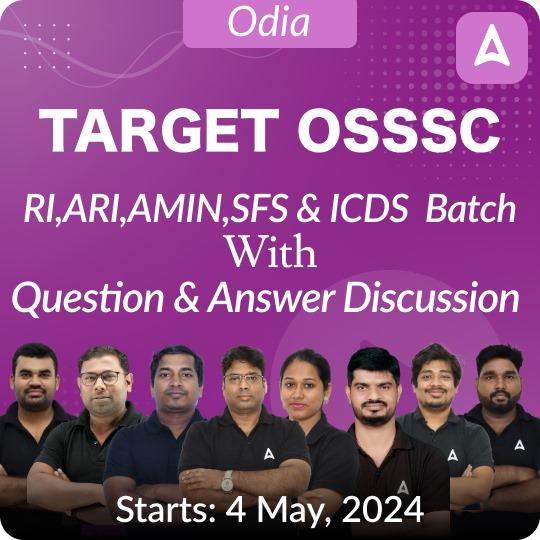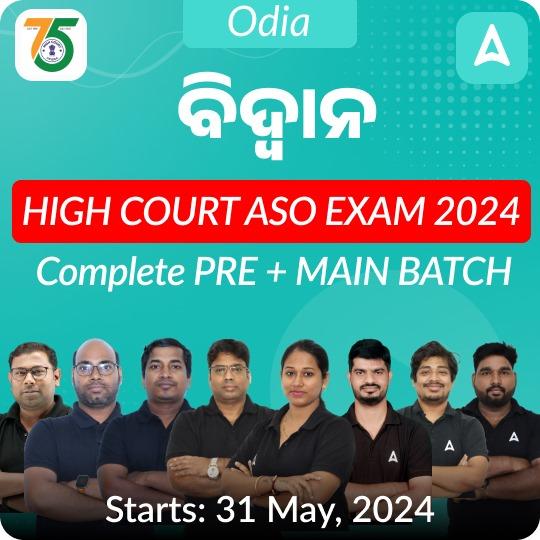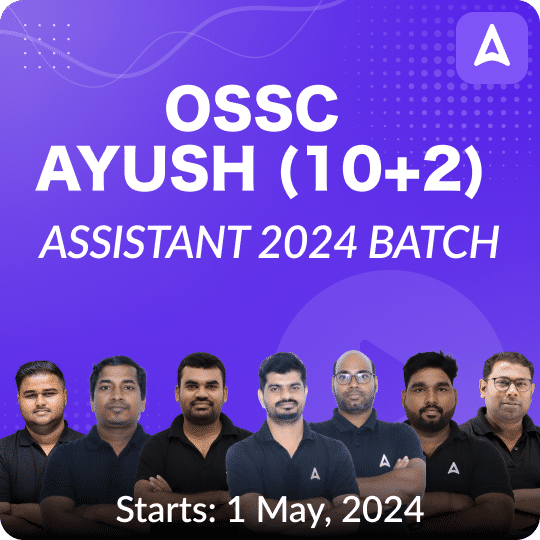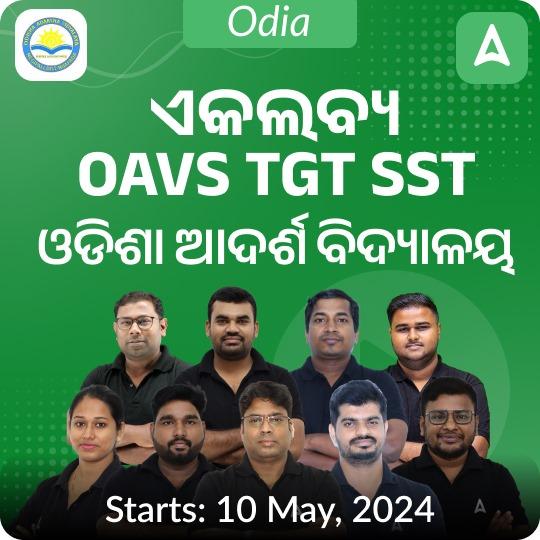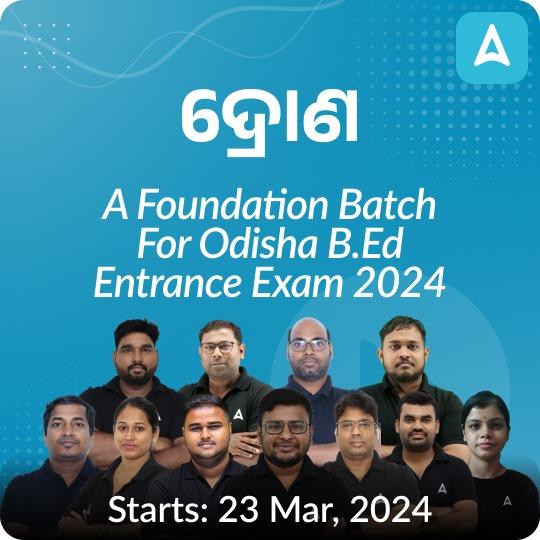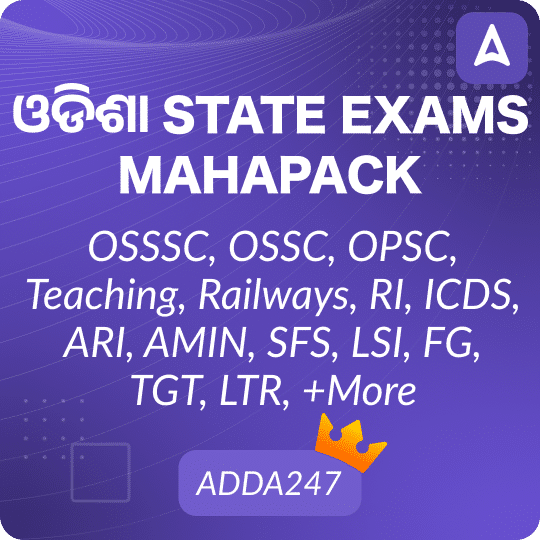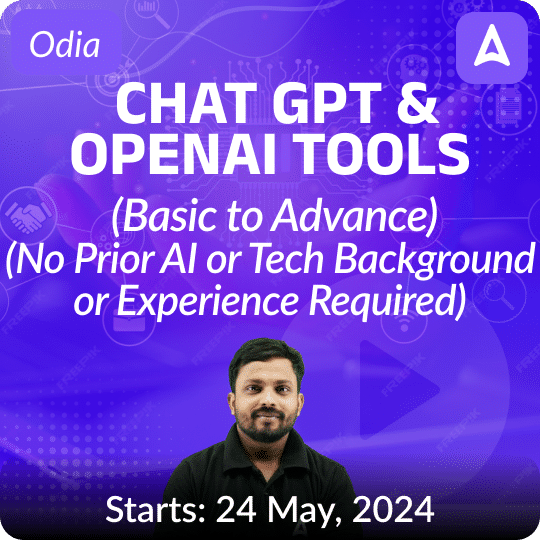| National and International News |
| National Maritime Heritage Complex (NMHC) |
Why in the news?
- The Union Cabinet has recently approved the development of the National Maritime Heritage Complex (NMHC) in Lothal, Gujarat.
About NMHC:
- Sagarmala Programme: The Ministry of Ports, Shipping, and Waterways is developing the National Maritime Heritage Complex (NMHC) at Lothal, Gujarat, as part of this initiative.
- Purpose: The NMHC is designed to become an international tourist destination, showcasing India’s maritime heritage from ancient to modern times using an edutainment approach and modern technology.
- Governance:
- A separate society will be formed under the Societies Registration Act, 1860, to manage future phases of the project.
- The society will be governed by a Governing Council headed by the Minister of Ports, Shipping, and Waterways.
|
| Caracal |
Why in the news?
- The Gujarat government has announced the establishment of a Caracal (Henotaro) Breeding and Conservation Center in the Chadva Rakhal region of Kutch.
About Caracal:
- Species: Caracal (Elusive, primarily nocturnal animal)
- Unique Traits: Valued for litheness and ability to catch birds in flight
- Dens: Use abandoned porcupine burrows, rock crevices, and dense vegetation for maternal dens
- Habitat: Woodlands, savannahs, scrub forests
- Distribution in India:
- Rajasthan, Gujarat, Madhya Pradesh
- Key regions: Kutch, Malwa Plateau, Aravalli hill range, Bundelkhand region
- Global Distribution: Africa, the Middle East, Central and South Asia
- Threats: Large-scale hunting, illegal trading, loss of natural habitats
- Conservation Status:
- IUCN: Least Concern
- The Wild Life (Protection) Act, 1972: Schedule I
|
| Rice Fortification |
Why in the news?
- The Union Cabinet has extended the universal supply of fortified rice in all central government schemes providing free food grain under the National Food Security Act, 2021.
- This extension will remain in effect until December 2028.
About Rice Fortification:
- Fortification Process:
- Involves adding Fortified Rice Kernels (FRK) containing micronutrients to regular rice.
- Micronutrients include Iron, Folic Acid, and Vitamin B12, as prescribed by FSSAI.
- The ratio for mixing is 1:100 (1 kg FRK with 100 kg regular rice).
- Purpose:
- Aims to address micronutrient deficiencies.
- It is cost-effective and culturally appropriate for countries with high rice consumption.
- FSSAI Norms for 1 kg of Fortified Rice:
- Iron: 28 mg to 42.5 mg.
- Folic Acid: 75 to 125 micrograms.
- Vitamin B12: 0.75 to 1.25 micrograms.
|
| Forex reserves |
Why in the news?
- India’s foreign exchange reserves crossed $700 billion for the first time on record.
- India becomes the fourth economy globally to cross $700 billion in reserves, after China, Japan, and Switzerland.
About Forex reserves:
- The reserves increased for seven consecutive weeks due to valuation gains and the central bank’s dollar purchases.
- Forex reserves stood at $704.89 billion as of September 27, 2023.
- India’s forex reserves have been steadily increasing since 2013, when foreign investors withdrew due to weak macroeconomic fundamentals.
- Foreign exchange reserves (forex reserves) are assets held by a country’s central bank in foreign currencies.
- Purpose:
- Currency Stability: Reserves help stabilize the country’s currency by managing the exchange rate fluctuations.
- Foreign Trade: They ensure that a country can meet its international payment obligations, such as imports and external debt.
- Crisis Buffer: Act as a buffer in times of economic crises or balance of payment deficits.
- Components of Forex reserves:
- Foreign Currency Assets (FCA): The largest component of the reserves, which includes major currencies like USD, Euro, Pound Sterling, and Yen.
- Gold Reserves: India’s gold holdings form part of the reserves, providing stability.
- Special Drawing Rights (SDRs): Allocations from the IMF.
- Reserve Tranche Position (RTP): India’s quota in the IMF.
|
| Humsafar Policy |
Why in the news?
- Minister of Road Transport and Highways launches ‘Humsafar Policy’ to Improve National Highway Travel and Boost Wayside Amenities.
About Humsafar Policy:
- The Humsafar Policy is a comprehensive initiative designed to transform India’s highway network by offering a range of essential services and facilities.
- Key objective: To make road travel more comfortable, convenient, and inclusive, ensuring that facilities are available to meet the needs of travellers across all regions.
- Hygienic Toilets
- Baby Care Facilities
- Accessibility
- EV Charging Stations
- Parking Facilities
- Increased Fuel Station
- Food Courts and Restaurants
- Dormitories for Rest
|



